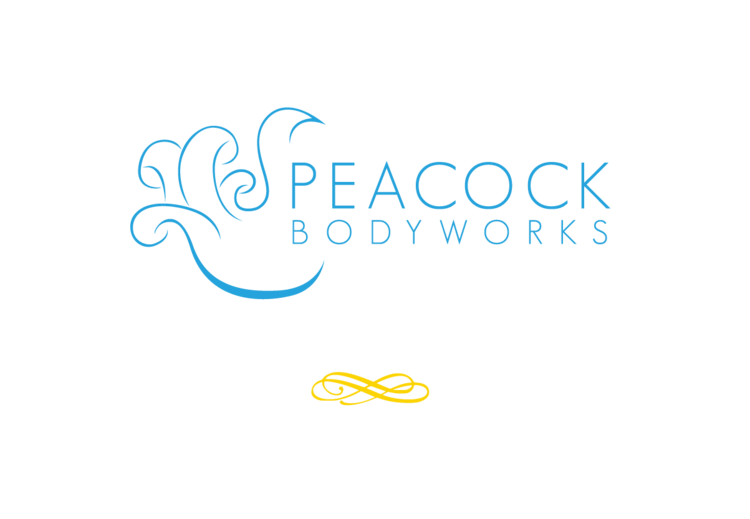The levator scapula is a small, thin muscle of the neck and upper back. It originates on the transverse processes of the first four cervical (neck) vertebrae and inserts at the superior angle and medial border of the scapula (upper corner of the shoulder blade). As it’s name would suggest, the primary job of the levator scapula is to elevate the scapula (shrug). It also laterally flexes the head and neck (bends to the side), rotates the head and neck, and extends the head and neck (to look up). The way in which the fibers of this muscle twist around themselves between attachment points, allows for the scapula to downwardly rotate as well.
There are multiple factors of modern life that put undue stress on this muscle. The levator scapula is one of the main muscles that braces to allow a bag to be carried over the shoulder and it is easily injured by whiplash, holding a phone between the ear and shoulder, or sleeping on one’s stomach with the head turned to the side. It is commonly put under stress by the forward head position which is chronic in our society and which the levator scapula tries to work against. Emotional stress can also create dysfunction in this muscle because it often causes us to hold our shoulders up for extended periods of time which tenses the levator scapula.
The levator scapula is often involved in neck and upper back pain. Pain from this little muscle may be felt in the base of the skull, neck, top of the shoulder, and down the inside of the shoulder blade. The most common symptom is a stiff neck that is painful to turn or bend to the side. People with levator scapula pain often have to turn their entire upper body to check their blind spot while driving.
Luckily, pain from the levator scapula can be released with deep tissue massage. The pain is usually significantly better with just one session, though it may take several sessions (and some lifestyle modifications) to really unravel the tension patterns impacting this important muscle.
Here is a simple stretch for the levator scapula. Remember to only use about the weight of your hand when pulling your head since too much pressure can cause injury.
Strengthening this muscle is not really necessary for most people, but a nice compliment to the stretch above is a simple roll through the shoulders by drawing the shoulders up into a shrug, then pressing them back and down. Hold the shoulders down for a few seconds and then repeat the move. Do this as many times as you like.

